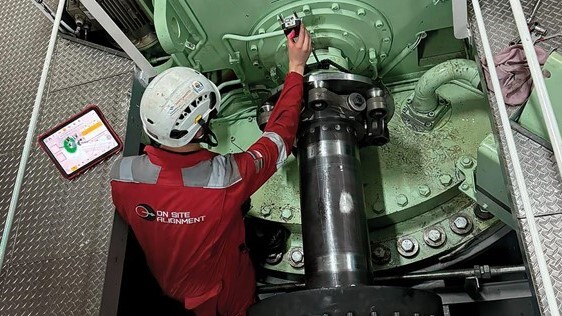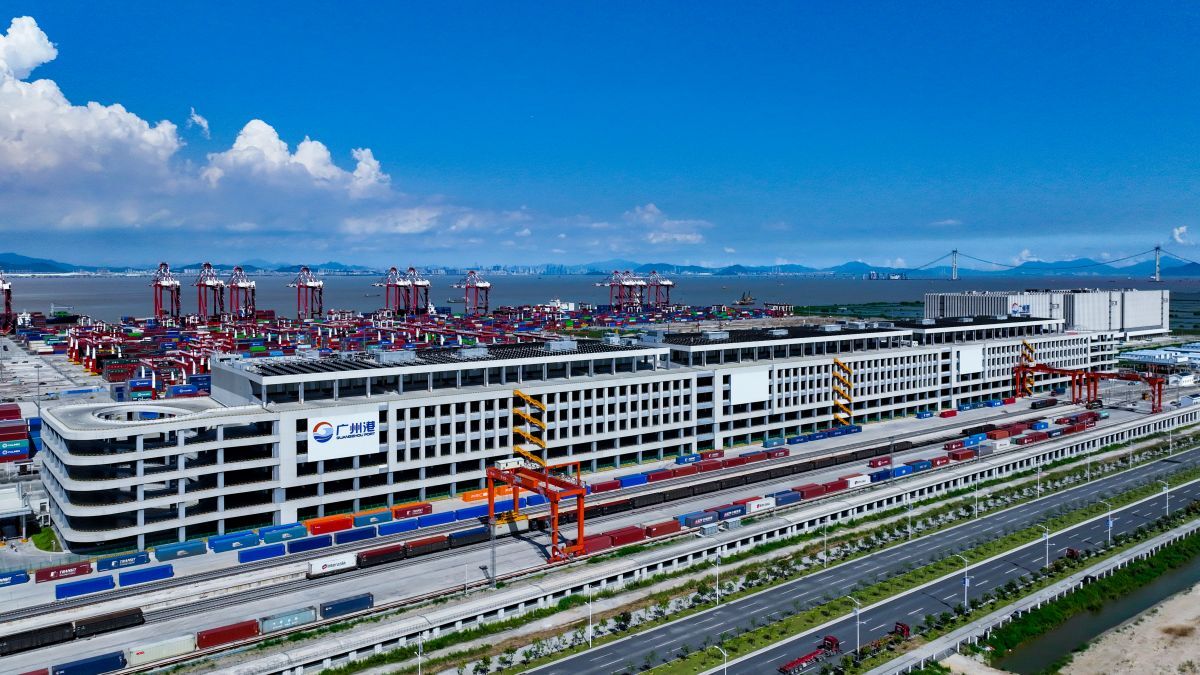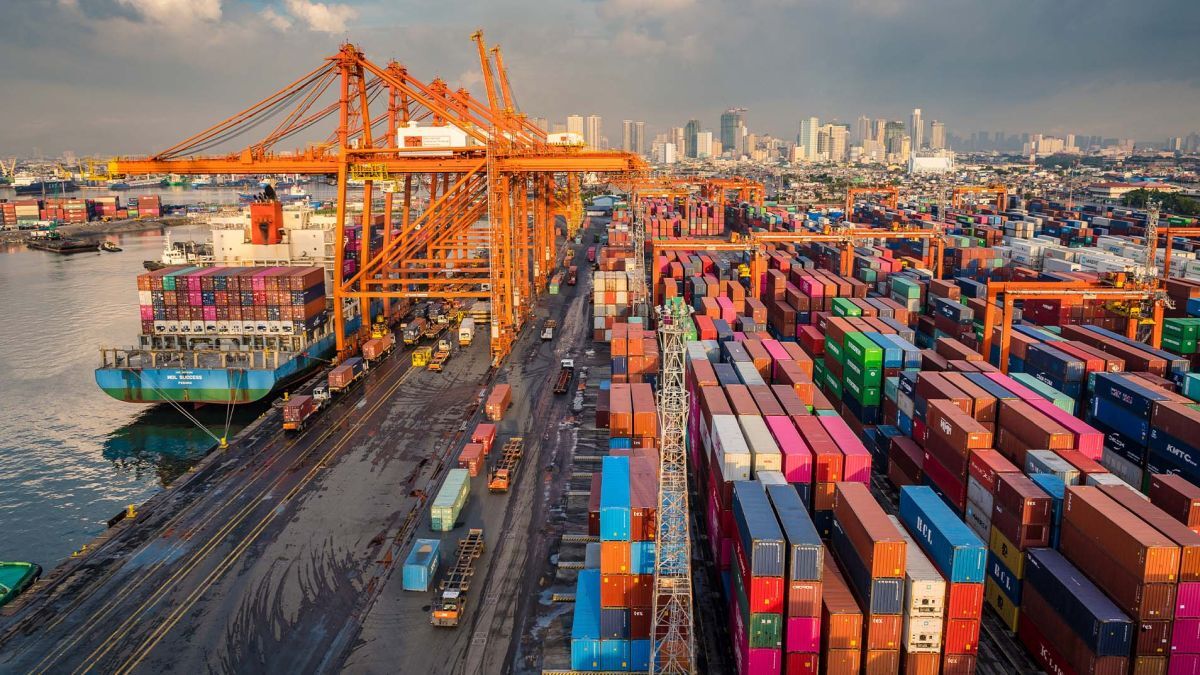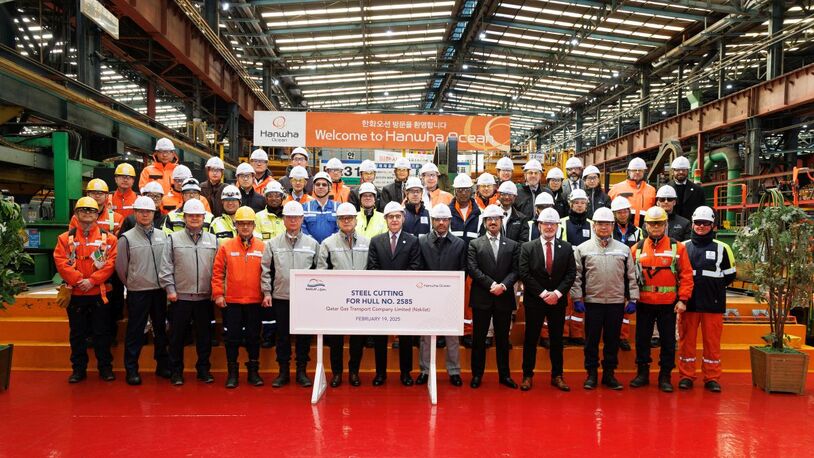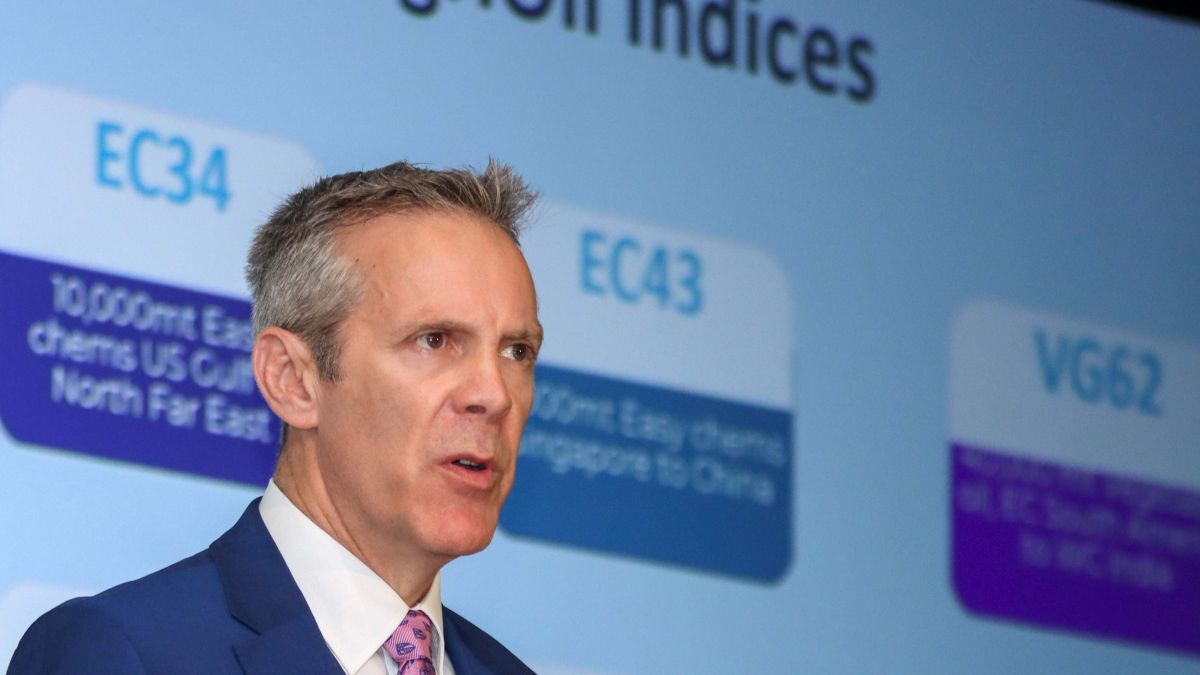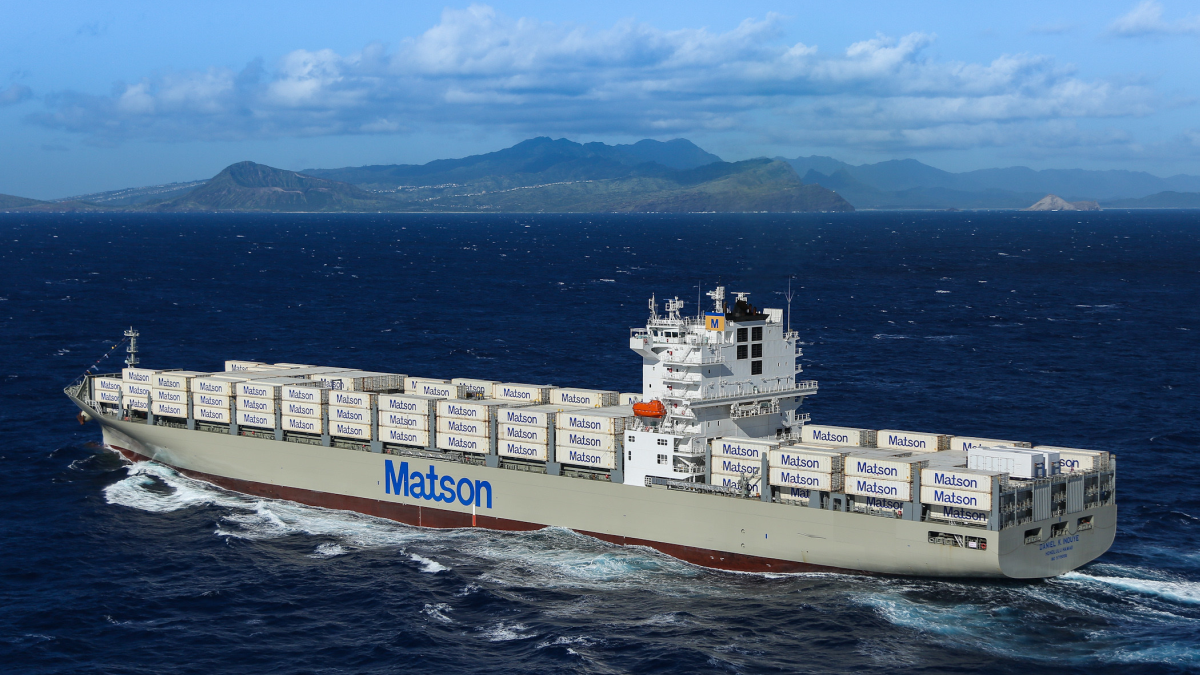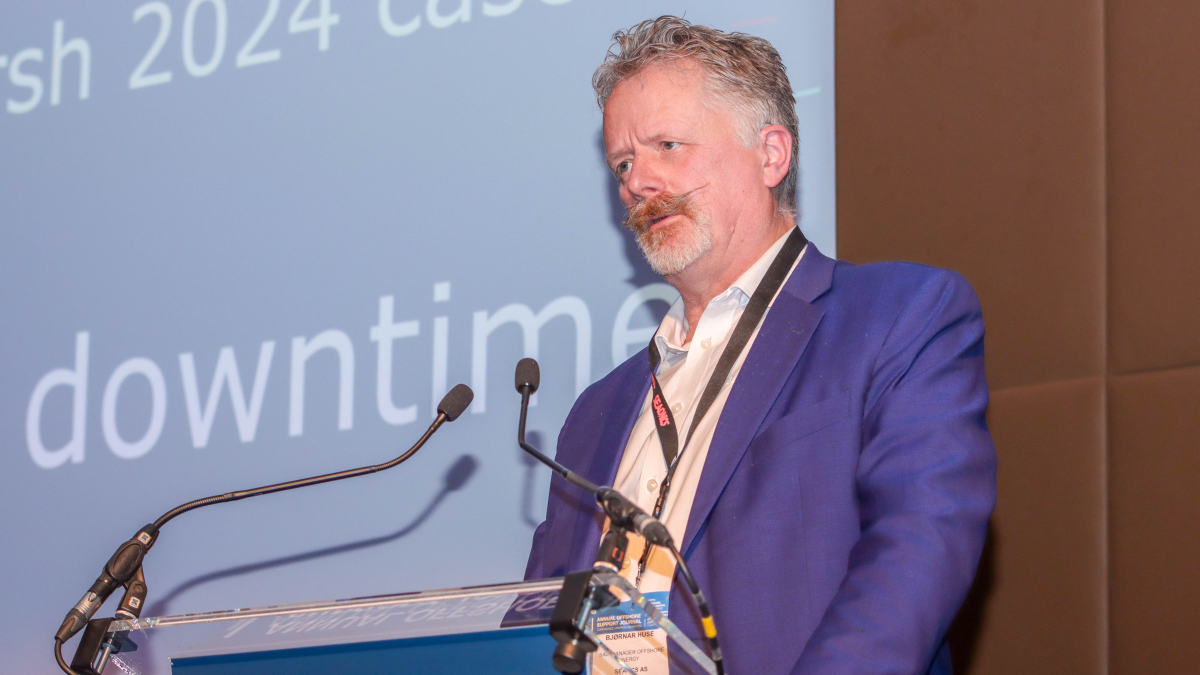Business Sectors
Events
Contents
Register to read more articles.
Ports in Asia boost infrastructure as supply chain issues linger
Major port players in Asia have been battling supply chain issues while investing heavily in both physical and digital infrastructure
Speaking about the issues facing ports in China, Guangzhou Port (Europe) chief executive Johannes Nanninga tells CST, “Last year started with major supply chain issues, very high ocean freight, a lack of container equipment in China and numerous lockdowns.
“Against this backdrop, Guangzhou Port finalised some of its major infrastructure projects, is set to take advantage of the expected normalisation of trade and possibly achieve moderate growth in the second half of 2023.”
Projects include an on-dock rail connection. In Q1 2022, the rail station at the terminal was finished and trains now connect with terminals in the Port of Nansha.
“At the mid-year point, Port of Nansha had already handled 100,000 TEU per rail. The target for the whole of 2022 was 300,000 TEU, which has been reached,” says Mr Nanninga.
And Nansha’s temperature-controlled warehouse - the largest in southern China - started operating in Q3 2022. Mr Nanninga comments, “The majority of the commodities at this stage are meat, aquatic and poultry products, but there are also fruit and vegetables. Also, dairy, pharma and drinks industries are expected to use the warehouse in the future.”
Q3 2022 also saw Guangzhou’s newbuild fully automated terminal number four swing into operation. Mr Nanninga comments, “This terminal will focus on domestic cargoes, and free up capacity at the international terminal 3, which was temporary also used for domestic cargoes.”
Further capacity enhancements and process improvements have helped the port avoid congestion. Mr Nanninga comments, “During the Covid-19 period, Port of Nansha has worked on process improvement and increased yard capacity to handle the required throughput while using more time in the port for berthing and operations due to extended safety measures against Covid. In this way, Port of Nansha has kept berthing time for the vessels at an optimised level and avoided major delays and congestion.”
Speeding up the supply chain
Manila International Container Terminal (MICT) has also seen congestion challenges off the back of Covid. Its executive director Phillip Marsham says, “The main challenges have been caused by the post-Covid pandemic recovery as shipping lines struggled to get back to regular on-time services and recover from the backlog of cargo being held in transhipment ports. Some importers who had challenges over the last few years with a disrupted supply chain are now over ordering, and there are not enough warehouse storage facilities within Manila outside the terminal.
“This has added pressure to the terminal efficiency, which again adds pressure to the whole end-to-end system. Despite the challenges, MICT is proud to say operations continued unhindered over the pandemic and ensured the supply chain was fully supported throughout.”
He says MICT must come to terms with speeding up the ongoing initiatives that were in place when the pandemic started to make terminals contactless and ensure minimal human interactions at all stages of the process. As such, the terminal has now moved to full online billing. The gates are now automatic and tie into the Truck Appointment System. At the same time, the port has maximised the use of technology and digital tools to build “smart, automated port solutions”.
Mr Marsham describes “one massive leap forward to ensure we deliver a supreme customer experience” as being the development of the ICTSI mobile app, which allows seamless interactions with ICTSI at all stages of the process. This includes:
- Accessing data across multiple ICTSI terminals across the Philippines.
- Real-time tracking of truck, vessels or containers 24/7.
- Receiving emails or SMS notifications for event milestones.
- Showing past and current information.
- Keeping clients updated on latest ICTSI news and announcements.
Under final testing are billing computation, chat support, truck geofencing and the vehicle booking system.
Mr Marsham comments, “The end result is MICT supported the supply chain throughout the pandemic, while further developing digital tools to ensure full support of future logistics requirements. It used this period to make further terminal infrastructure investments to prepare for future growth.”
The port expects 2023 to continue in a similar way to the challenges highlighted above. Mr Marsham comments, “Lines will struggle to regain schedule integrity, supply chains will continue to be interrupted, but despite this, we expect reasonable market growth for 2023, and as such will continue to develop the digital tools to support the growth, while continuing to invest in our people and infrastructure to stay one step ahead.”
To cater for future growth, ICTSI Manila plans to continue digitalisation of the terminal, installing automated gates equipped with OCR, LPR technology, RFID sensors, facial recognition, SMS messaging for drivers and truck manifesting for preregistration prior to arrival.
It will also introduce online viewing of customs examinations, contactless safety monitoring, install seven new STS cranes over the next four years, extend the yard and increase berth options.
A major focus for MICT is the environment and it has just received its latest eight hybrid RTGs, making a total of 41 to date with more on order. MICT’s work in this area has been recognised by receiving the 2022 Green Port Award System from the Asia-Pacific Economic Cooperation Port Services Network. The Green Port Award System or GPAS programme is an evaluation system for ports in the Asia Pacific region developed by APSN with the endorsement of the APEC Forum.
ICTSI has a full sustainability programme adopted globally across all terminals.
Enter Tuas port
Over in Singapore, PSA Corp Ltd (PSA) recently inaugurated Tuas Port, with the first three berths operational at Phase One of the development.
Described as the ’nucleus’ of Singapore’s maritime and logistics value chain, Tuas Port will offer value-added port services and cargo solutions by leveraging technology and automation.
A statement says, “As the focal point of an integrated green supply chain ecosystem, Tuas Port will be augmented by cross-industry collaboration with like-minded partners to spur collective action towards supply chain sustainability”. PSA has also built up its data analytics and digitalisation capabilities as part of Tuas Port’s modular design, allowing for flexibility and agility to respond to rapidly changing demands.
PSA has been working closely with Singapore Port Workers Union and the Port Officers’ Union to upskill and retrain its workforce, ensuring all staff are well-equipped to take on new and higher-value roles created by the industry’s digital transformation efforts.
PSA International group chief executive Tan Chong Meng says, “As an enabler of global trade, PSA has contributed to Singapore’s success as an open and connected trading economy. Tuas Port provides us with an opportunity to reinvigorate this mission for the digital age and I believe it will further boost trade growth flowing through Singapore. By dovetailing our port operations with the greater ecosystem in Tuas and through collaborating with like-minded partners for integrated intermodal solutions, we can better navigate the growing complexities of global supply chains. We look forward to embarking on this exciting journey alongside our stakeholders to orchestrate trade growth and drive efficient, resilient and sustainable supply chain solutions for our customers.”
Tuas Port has 23 m of draft alongside, with a total berth length of 26 km. At present, 500 staff are working on site at Tuas Port, with the terminal being progressively developed in four phases. When fully operational in the 2040s, it is expected to be the world’s largest fully automated container terminal in a single location, with an annual handling capacity of 65M TEU.
Elsewhere, in November 2022, PSA Marine Ltd unveiled OHS-Sapphire, a digital solution that provides shipmasters with real-time alerts of delivery information when their vessels are alongside Singapore terminals.
With OHS-Sapphire now available on PSA Marine’s ONEHANDSHAKE platform, shipmasters can receive timely updates and gain greater visibility over the delivery of vessel supplies, which include spare parts and food provisions. Resources are utilised more efficiently by eliminating the uncertainty of deliveries. Ship crew can now plan their time and organise their activities effectively.
ONEHANDSHAKE is an integrated digital platform that supports connectivity and transparency across maritime stakeholders. Other real-time information such as pilotage services to vessels that call on the port of Singapore are also available through ONEHANDSHAKE.
“OHS-Sapphire helps our users to optimise resources and improve the welfare of ships’ crew,” says PSA Marine head of digital transformation and chief pilot Jimmy Koh. “As a new feature on ONEHANDSHAKE, it is also a step towards sustainability. With better planning, truck drivers can reduce idling time and ship crew can take delivery of goods in a timelier manner.”
Sign up for Riviera’s series of technical and operational webinars and conferences in 2023:
- Register to attend by visiting our events page.
- Watch recordings from all of our webinars in the webinar library.
Related to this Story
Events
Maritime Environmental Protection Webinar Week
The illusion of safety: what we're getting wrong about crews, tech, and fatigue
Responsible Ship Recycling Forum 2025
© 2024 Riviera Maritime Media Ltd.

